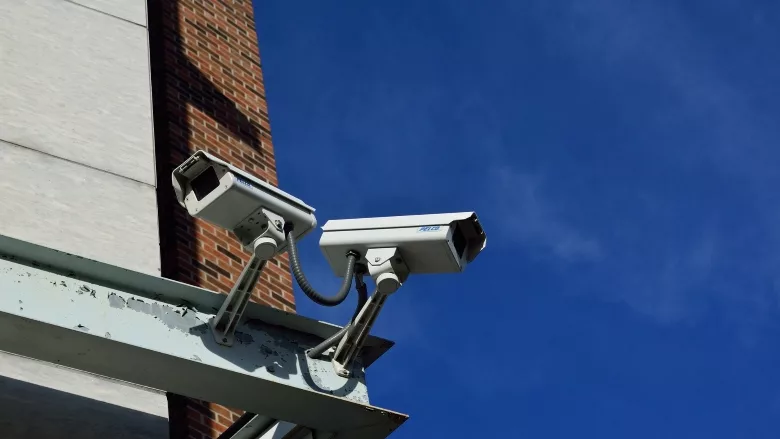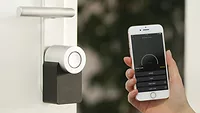How custom security infrastructure can benefit an organization

When it comes to creating a security strategy that helps keep occupants safe and facility assets secure, there is no one-size-fits-all solution. Each building has its unique occupants and challenges, so the most effective security installations are adapted and personalized to the needs of the building, occupant and organization. What’s more, by taking a holistic approach to security and thinking about how it can integrate with existing building solutions, security teams are better equipped to mitigate and manage incidents and emergency events within their facility.
A unique facility requires tailored security
Facilities with different capacities, uses and occupant journeys require vastly different security solutions. For example, K-12 and higher education facilities with constantly moving occupants are looking for hands-off solutions to manage high-touch and high-traffic areas. Rather than focusing on indoor video and facial recognition solutions, which some parents prefer to avoid, they’ll turn to solutions like touchless access control and thermal imaging. For schools, it’s also important to integrate security and life safety solutions like mass communication and gunshot detection to form a multi-pronged approach to security integration, tailored to each campus’ needs.
Integration that powers sustainability
By integrating all a facility’s systems, from lighting to controls, HVAC and security solutions, operations teams can have greater oversight of occupant foot traffic and day-to-day operations, all while managing data from one central location. With more data enabling better control, facility leaders are better equipped to maintain occupant health and safety.
Integrated security strategies can also be instrumental in powering sustainability goals as they pertain to the facility. By optimizing operations at every touchpoint, facility leaders can minimize energy and resource waste.
For example, a false alarm situation in any type of facility not only unsettles occupants, but also uses up large amounts of energy, from the system that powers automated access control protocols to alarm systems that alert local emergency services personnel. What’s more, false alarms often result in system disruption, downtime and even municipal fees, causing revenue loss for the organization. With real-time analytics and more in-depth insight into the facility, building managers and security leaders can more accurately identify danger and avoid false alarms.
The advanced analytics provided by a connected building management platform allow facility managers to identify and predict inefficiencies and potential incidents in their facilities for rapid remediation. Smart buildings can even leverage historical occupancy data to predict when and how systems will be used daily, automating building systems like lighting and HVAC to minimize utility waste while elevating security capabilities.
Coordinating with security partners
By working with a trusted partner, facility security teams can gain an outside perspective to best analyze existing assets and building needs. To help identify the security strategy that best serves a given facility, it is critical for facility and security leaders to tap a partner to audit their facility and flag potential weaknesses in their security strategy. These can be a simple fix, like security camera blind spots, or can indicate a larger issue, such as siloed data that limits analytical and informed decision-making.
From there, security teams and facility managers can collaborate to create a plan to strengthen facility operations to meet the ongoing needs of operations teams and occupants.
By strengthening the integration of security solutions, facility security and operations teams can feel more confident their building is ready for anything, and occupants can rest assured knowing that the environment is designed with their safety and comfort in mind.
Looking for a reprint of this article?
From high-res PDFs to custom plaques, order your copy today!







